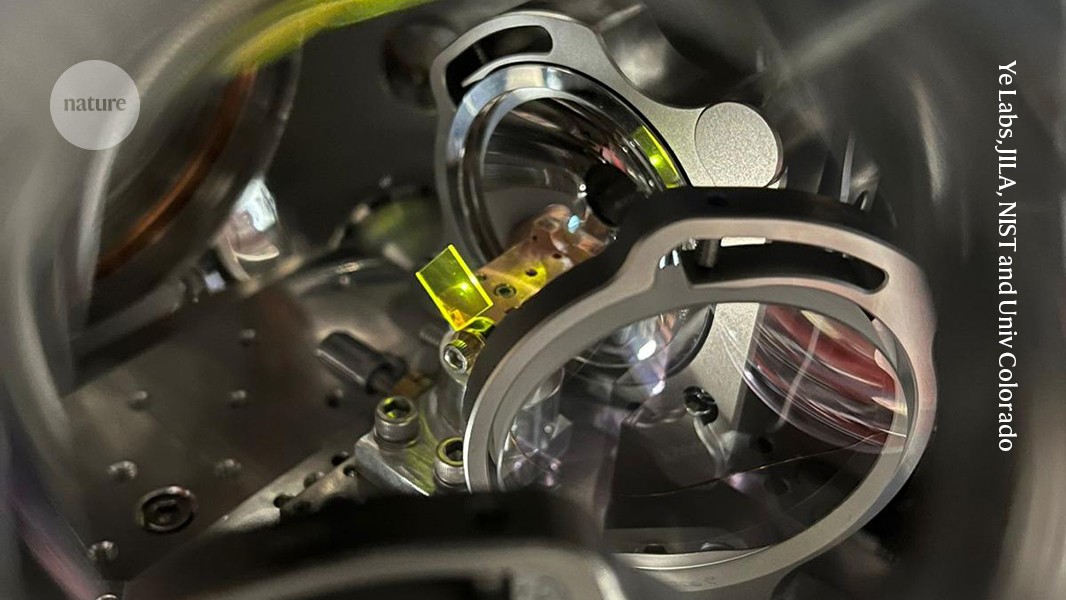A link to the preprint. I’ll do the actual math on how many transitions/second it works out to later and edit.
I’ve had an eye on this for like a decade, so I’m hyped.
Edit:
So, because of the structure of the crystal the atoms are in, it actually has 5 resonances. These were expected, although a couple other weak ones showed up as well. They give a what I understand to be a projected undisturbed value of 2,020,407,384,335.(2) KHz.
Then a possible redefinition of the second could be “The time taken for 2,020,407,384,335,200 peaks of the radiation produced by the first nuclear isomerism of an unperturbed 229Th nucleus to pass a fixed point in space.”



Oscillators that give us access to ridiculous speeds on the way.
To be clear, these are pumped by existing lasers. The nuclei just “light up” in response how close the frequency is to their resonant transition frequency, and are then use to make a feedback loop to keep the laser perfectly tuned. The technology that turns a laser beam into electronic ticks is the frequency comb, and it’s new-ish, but commercially available.
It is the first machine that makes direct use of the atomic forces, though, besides being more accurate and potentially solid-state. The high frequency has benefits in some applications, and either in this article or another they discuss how the stability of the frequency measured already rules out certain kinds of dark matter.